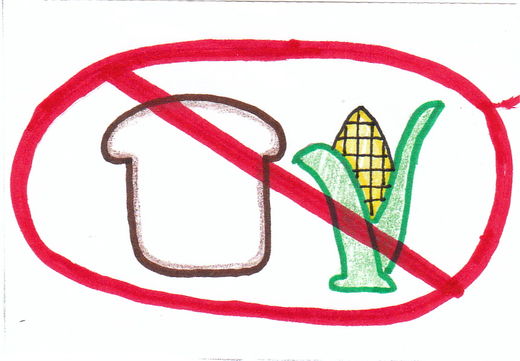So what's the deal with this study? Now that I'm wormed my way into academia again somehow, I read the paper. They found something that looks like a mortar and pestle with some evidence of starch residues.
The title says flour, but that's not the good old white flour your Aunt Maude is thinking of. Of the nine species mentioned, one is a seed, the rest are roots and rhizomes. That ground starch has been used by humans since the upper paleolithic is not really news. Famous anthropologist Richard Wrangham who wrote Catching Fire has been writing about the role of cooked starch in the Upper Paleolithic for quite some time. In the Upper Paleolithic it might have spurred population increases that eventually led to early settlements like Gobekli Tepe. There has been selection for genes like AMY1 which allow for better starch digestion.
And the paper writers are like HAHA look the carnivorous Atkins people are soooo wrong. But wait, I think isotope studies are a little more accurate than a few as the paper admits "poor preserved" plant remains. And the evidence is that the paleolithic diet was mostly animal protein.
I've had cattail and it's not bad, though a pain in the ass to gather and process. If you want something similar chestnuts are another starchy paleo-ish food, which by coincidence I ate today. So if it makes you feel more accurate have some yams or chestnuts alongside of your steak. But steak is king.





Comment: There is evidence that nuts might not be such a healthy addition to a paleo diet - see Another Reason You Shouldn't Go Nuts on Nuts